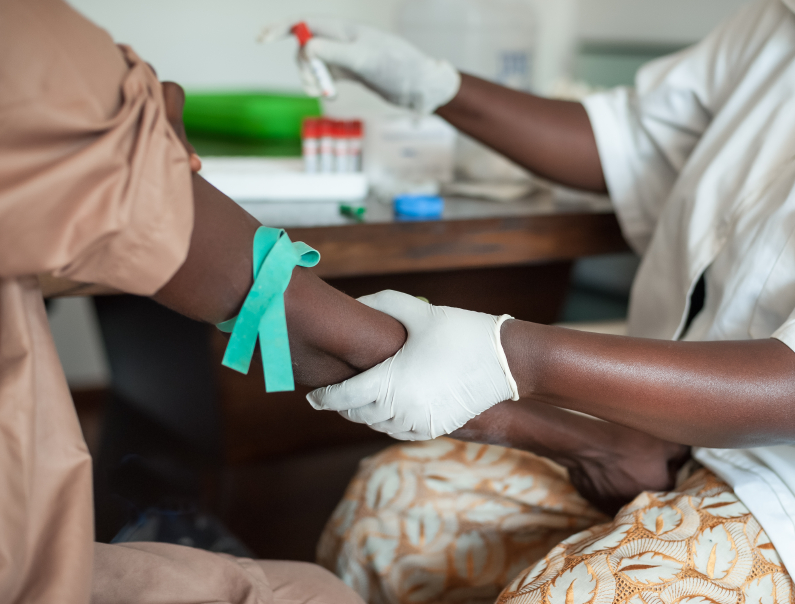EDITOR’S NOTE: Ken Keen is Associate Dean for Leadership Development at Goizueta Business School. Prior to joining the staff Keen served in the United States Army, reaching the rank of Lt. General.
Last week President Barack Obama announced the United States will “launch a major, military-led response in West Africa to the deadly Ebola outbreak that has reached epidemic proportions.” The Department of Defense was chosen to lead the response because it is “better than any other organization on earth” in such efforts.
As a retired member of our nation’s armed service, I agree.
According to media reports, the U.S. will send 3,000 military personnel to the region. President Obama indicated the U.S. would lead the international response by providing medical and logistical support in fighting the outbreak which poses “a potential threat to global security.”
The president compared the military’s response to that from the January 2010 that struck the nation of Haiti. The 7.0 earthquake killed more than 220,000 people and injured an estimated 300,000 more. Another 1.5 million people were displaced in the capital of Port au Prince.
In that relief effort, USAID was the lead federal agency. The U.S. military supported it with a Joint Task Force that grew to more than 22,000 personnel, 23 ships and 58 aircraft within 11 days of the quake. However, most of those forces remained afloat offshore. Approximately 6,000 personnel were “boots on the ground’” at the height of the response.
I led the military response and believe the comparison of the Ebola crisis to Haiti is one worth examining, especially if we review our response in Haiti and apply the lessons to become more effective and efficient. We should emphasize working toward a unity of effort among those already on the ground and those in the process of responding.
LISTEN: Ken Keen talks about military relief efforts with NPR
From my perspective, one lesson from Haiti was those on the ground must work seamlessly together. The U.S. military has tremendous command and logistical capability and capacity to bring together those responding to accomplish the mission. In my view, putting the U.S. military in charge in such a large scale effort is a good call, but the command structure should be clearly stated where all the government agencies (Department of Defense, CDC, USAID, and others) are an integral part of the command’s staff, coordination and response effort.
At some point, the U.S. military will need to transition its effort to other U.S. agencies, the international community, and non-government organizations. Those groups should be part of the command and coordination structure from the beginning.
One of the most difficult challenges in Haiti for those responding was how to coordinate the relief effort on the ground. Since there was no immediate functional organization from the United Nations or the Government of Haiti to determine requirements or coordinate responses, it was total chaos. It took several weeks to get in place an international coordination architecture approved by the U.S. government, United Nations and other key partners. While that is understandable in Haiti’s case – we had no warning of the pending disaster – we should learn from that lesson and not make similar mistakes in this response.
With that in mind, here are a few observations from leading Joint Task Force – Haiti that may assist in coordinating the relief effort to the Ebola crisis:
- The Joint Task Force organizational structure needs to be as flat as possible to ease coordination and linkages to all organizations responding to the crisis. Make the command as transparent as possible; develop processes and devoting personnel to create a collaborative environment that includes the international and non-government organizations.
- Leaders needs to be adaptive, comfortable sharing authority, seek to be innovative and skilled in eliciting ideas from the team (which includes non-government organizations and others responding to the effort).
- Command presence should be oriented toward developing solutions, very active in developing relationships outside the military structure. There should be heavy internal and external communication throughout the process.
The Ebola crisis is not the same as the Haitian earthquake. But, leading such large-scale efforts share similarities. I believe looking at the Haiti response – the successes and challenges – the U.S. military can successfully organize efforts to stop this deadly disease.













[…] EmoryBusiness.com: Military looks to apply lessons from Haiti relief to Ebola criss […]